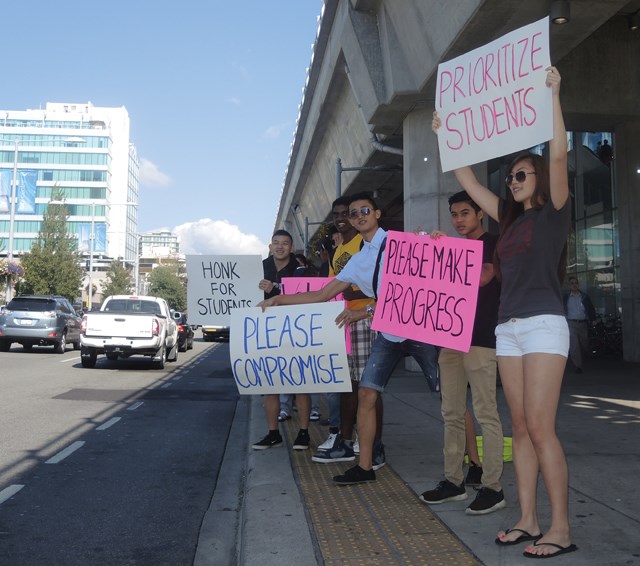While teachers vote on whether to accept a new contract, both sides on this labour dispute are putting their own spin on the agreement. The government claiming the contract is a win because wages will be kept down to 7.25 per cent over six years. The teachers’ union claiming it is a win because the agreement provides some special funding to add additional teachers.
But did anybody really win in this dispute? Teachers gained nominally — but those gains will probably mostly come from the savings the government achieved by not paying teachers during the strike/lockout.
Perhaps, the definition of a win in union circles nowadays is not what you gain, but that you didn’t lose hard-fought-for rights and benefits of the past.
If ratified, it likely means all will be back to normal by Monday. That’s good, but what, if any, impact will this dispute have on the education system?
For parents and teachers the critical issue has been class size, and even more importantly, composition. To that end we have this new Education Fund ... well, not so new.
The approximately $83 million a year announced early Tuesday morning, actually replaces the government’s former $75 million a year fund that was intended to improve learning outcomes.
What’s new is that the money can only be spent on teachers, not educational assistants. Also, that fund will remain stable for the first year then be bumped to $80 million for three years and $85 in the final year.
Okay, that’s better than nothing, but an additional $5 million a year falls way short in addressing some very real concerns about class size and composition.



